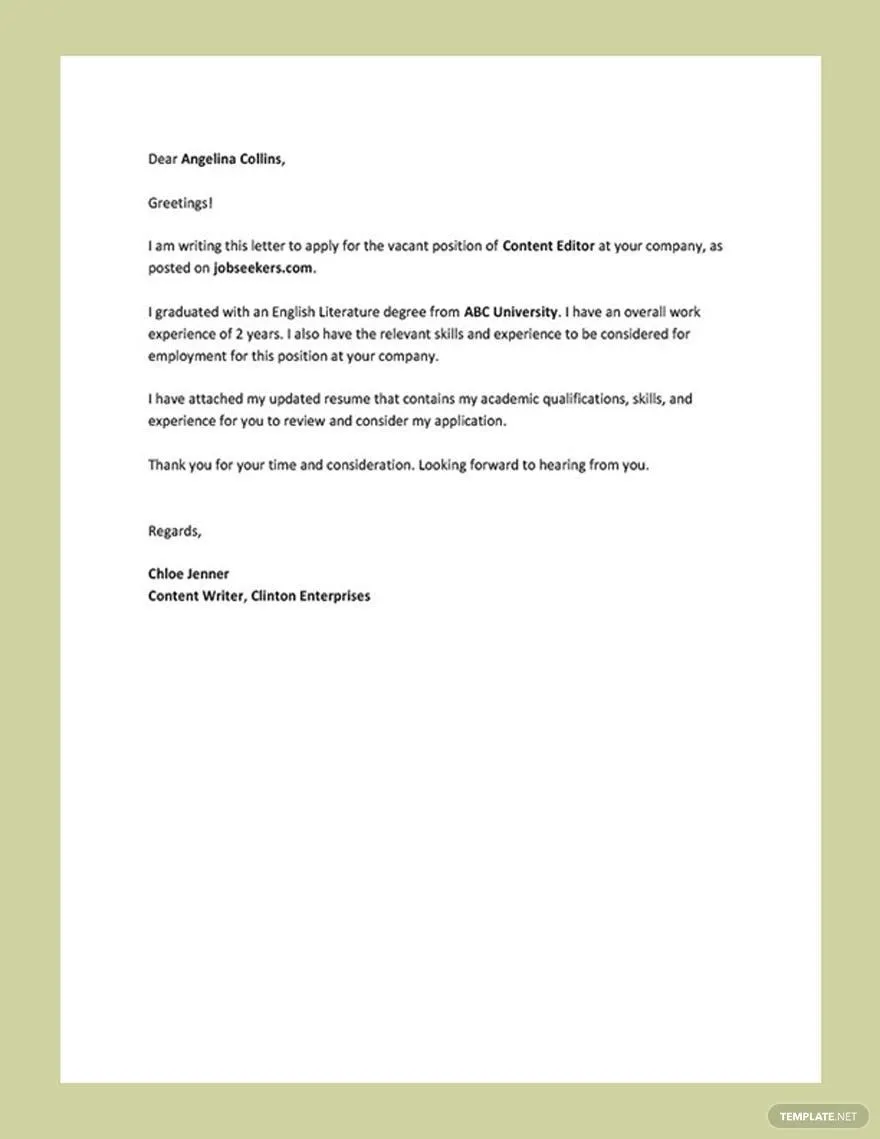Cover Letter Secrets Revealed
In the competitive world of job applications, a well-crafted cover letter is your secret weapon. More than just a formality, it’s your opportunity to make a strong first impression and persuade a potential employer that you’re the perfect fit. This guide will unlock the secrets to creating a cover letter that not only gets you noticed but also helps you land that all-important interview. We’ll delve into the essential elements, formatting tips, and common pitfalls to avoid, ensuring your cover letter stands out from the crowd. Let’s get started on transforming your cover letter from a chore into a powerful tool for career success.
Understanding the Purpose of a Cover Letter
A cover letter’s primary goal is to introduce you and your qualifications to a potential employer. It serves as a personalized introduction, allowing you to elaborate on your resume and demonstrate your enthusiasm for the position and the company. It is a place to showcase personality and convey what makes you unique. By doing so, you can set yourself apart from other candidates and increase your chances of getting your foot in the door.
Why a Cover Letter Matters
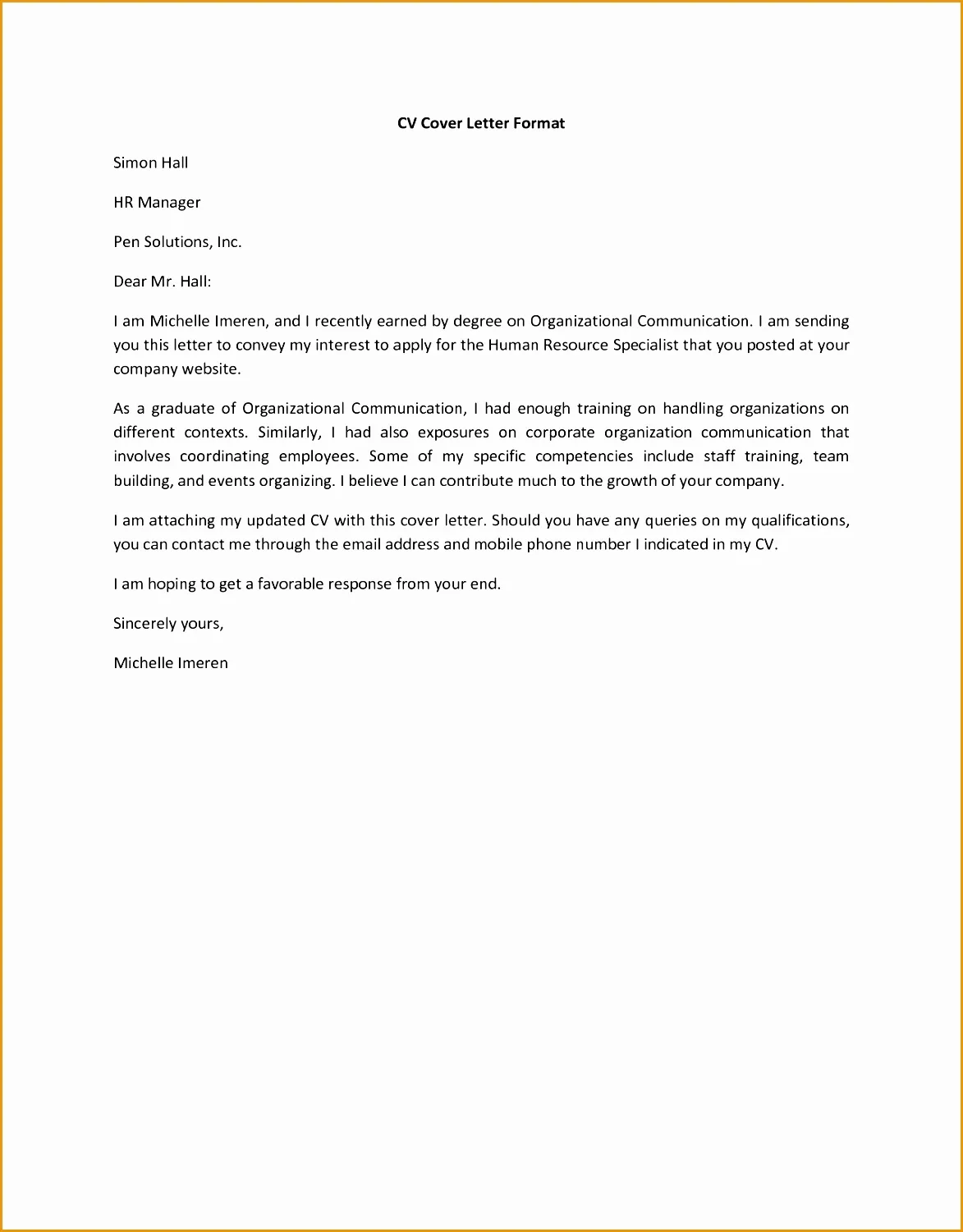
Why does a cover letter matter? Consider it the narrative to your resume. While your resume provides a snapshot of your skills and experience, the cover letter offers a chance to provide context. This is your chance to explain why you are a good fit for a specific role, connect your skills to the job’s requirements, and show genuine interest in the opportunity. It demonstrates that you have taken the time to understand the position and the company, which is always a positive signal to a hiring manager. A well-written cover letter shows professionalism and attention to detail, further increasing your chances of getting an interview.
Cover Letter vs Resume
The resume and cover letter work in tandem to present your candidacy. The resume is a concise summary of your skills, experience, and education. It’s a factual document, designed to provide a quick overview of your qualifications. The cover letter, on the other hand, is more flexible. It’s your opportunity to highlight specific achievements, explain any gaps in your employment history, and express your personality. It also allows you to demonstrate your understanding of the job and the company and explain why you’re a great fit. Think of the cover letter as a chance to breathe life into your resume.
Essential Elements of a Cover Letter
A compelling cover letter includes specific elements that work together to persuade the hiring manager. These parts must be in the correct order, with each section building on the others to show you as the best possible candidate. It is vital to include all of the essential components of your cover letter.
Your Contact Information
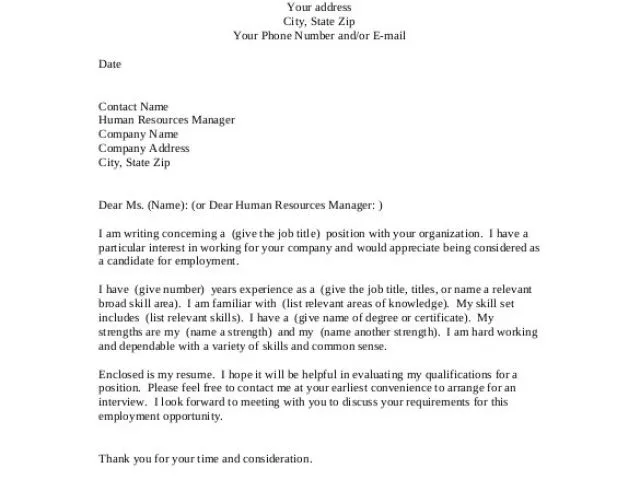
Start with your contact information at the top of the letter. Include your name, address, phone number, and email address. Make sure this information is accurate and up-to-date. Using a professional-sounding email address is important, and your name should be easy to read and consistent with what is on your resume. The best practice is to align the information to the left or right of the page.
Hiring Manager’s Contact Information
Always address your letter to a specific person, if possible. If you know the name of the hiring manager, include their name and title, along with the company’s address. Doing this shows that you have done your research and are invested in the opportunity. If you can’t find the name, you can usually find it on the company’s website or LinkedIn. Never use ‘To Whom It May Concern’; always aim for a personal touch.
The Salutation
Begin your cover letter with a professional salutation. ‘Dear Mr./Ms./Mx. [Last Name]’ is standard. If you don’t know the hiring manager’s name, consider using ‘Dear Hiring Manager’ or ‘Dear [Department Name] Team’. Always spell the person’s name correctly. This will make a positive first impression. Avoid casual greetings like ‘Hi’ or ‘Hello’ unless the company culture is very informal.
The Opening Paragraph
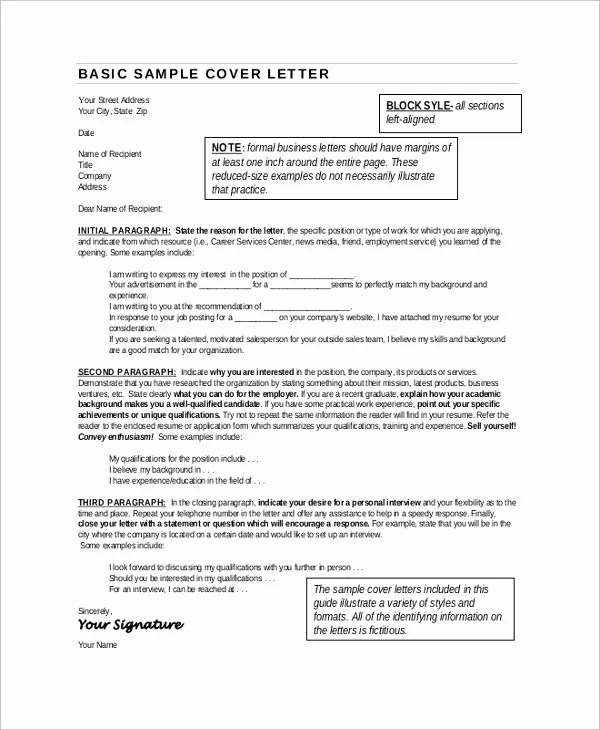
Your opening paragraph should immediately grab the reader’s attention. State the position you’re applying for and where you found the job posting. Briefly mention why you’re interested in the role and the company. This is your chance to create intrigue and set the stage for the rest of the letter. Be clear, concise, and show enthusiasm. A strong opening shows the hiring manager that you are a great match for the role.
Highlighting Your Skills and Experiences
This is where you connect your skills and experience to the job requirements. Focus on 2-3 key skills or experiences that align with the job description. Provide specific examples of how you’ve demonstrated these skills in previous roles. Use action verbs to describe your accomplishments and quantify your achievements whenever possible. Tailor this section to each job application to show you understand what the employer is looking for. Show how you can contribute to the company.
Tailoring Your Letter to the Job
Always tailor your cover letter to each job you apply for. This is not a time to use a generic template. Carefully read the job description and identify the key skills and experiences the employer is seeking. Then, highlight the relevant aspects of your background and explain how you meet those requirements. Customizing your letter demonstrates your interest and shows you’ve invested the time to understand the role. A customized letter significantly increases your chances of getting an interview.
Quantifying Your Achievements
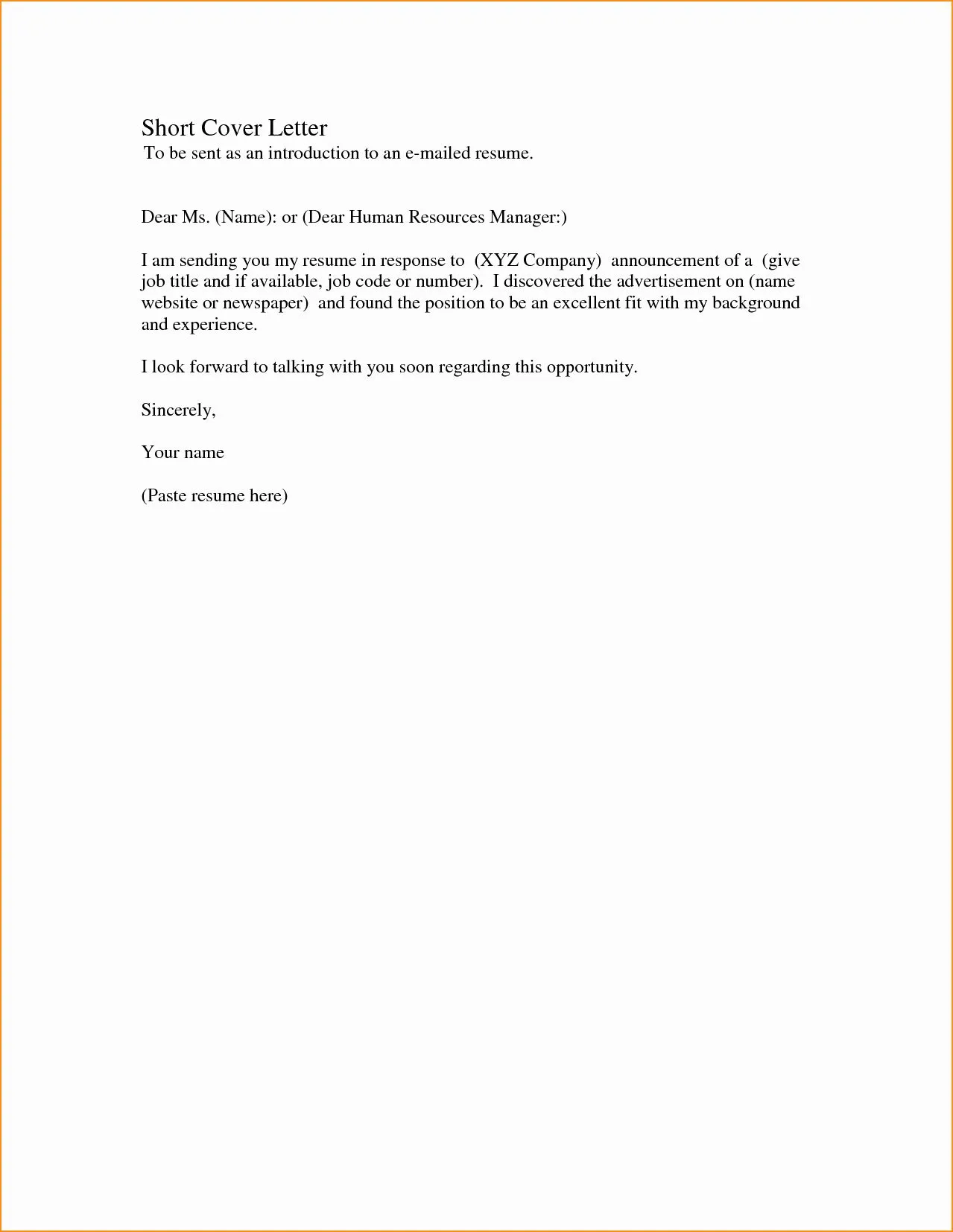
Whenever possible, quantify your achievements to make them more impactful. Instead of saying ‘Improved sales,’ say ‘Increased sales by 15% in six months.’ Use numbers, percentages, and specific metrics to demonstrate the value you brought to previous roles. This provides concrete evidence of your capabilities and shows hiring managers the results you can deliver. Quantifiable achievements make your cover letter more compelling and memorable.
Expressing Your Enthusiasm
Let your enthusiasm for the position and the company shine through. Explain why you’re excited about the opportunity and what attracts you to the organization. Research the company and mention specific aspects that resonate with you. Showing genuine interest shows that you are not just looking for a job; you are interested in this particular opportunity. This enthusiasm makes a positive impression on the hiring manager.
The Closing Paragraph
Summarize your interest in the role and reiterate your qualifications in your closing paragraph. Express your eagerness for an interview and thank the hiring manager for their time and consideration. Keep it concise and professional. Make sure to include a call to action, such as, “I look forward to the opportunity to discuss my qualifications further.
The Sign-off
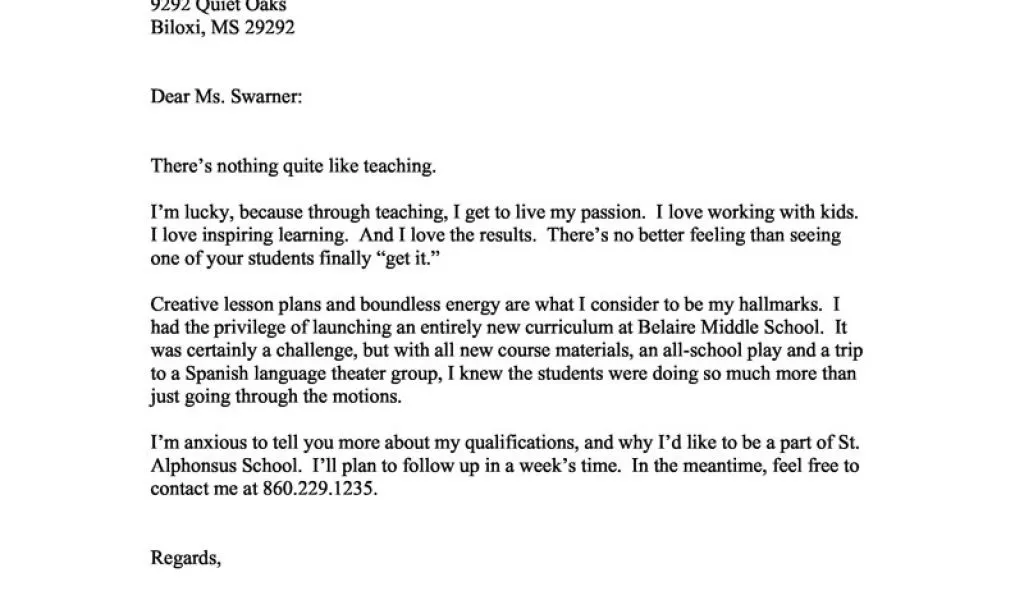
End your cover letter with a professional sign-off, such as ‘Sincerely,’ ‘Regards,’ or ‘Best regards.’ Avoid overly casual sign-offs. Follow your sign-off with your typed name. Make sure the tone of your sign-off is consistent with the tone of your letter. If you’ve written a formal letter, use a formal sign-off. If you have a more casual tone, use something a bit less formal.
Formatting and Presentation Tips
The appearance of your cover letter is as important as its content. Proper formatting makes your letter easy to read and shows you pay attention to detail. Follow these tips to create a polished and professional-looking document.
Font Choices
Choose a clear, easy-to-read font like Times New Roman, Arial, or Calibri. Use a font size between 10 and 12 points. Make sure the font is consistent throughout the document. Avoid using overly ornate or unconventional fonts, as they can be distracting and difficult to read.
Proper Spacing and Margins
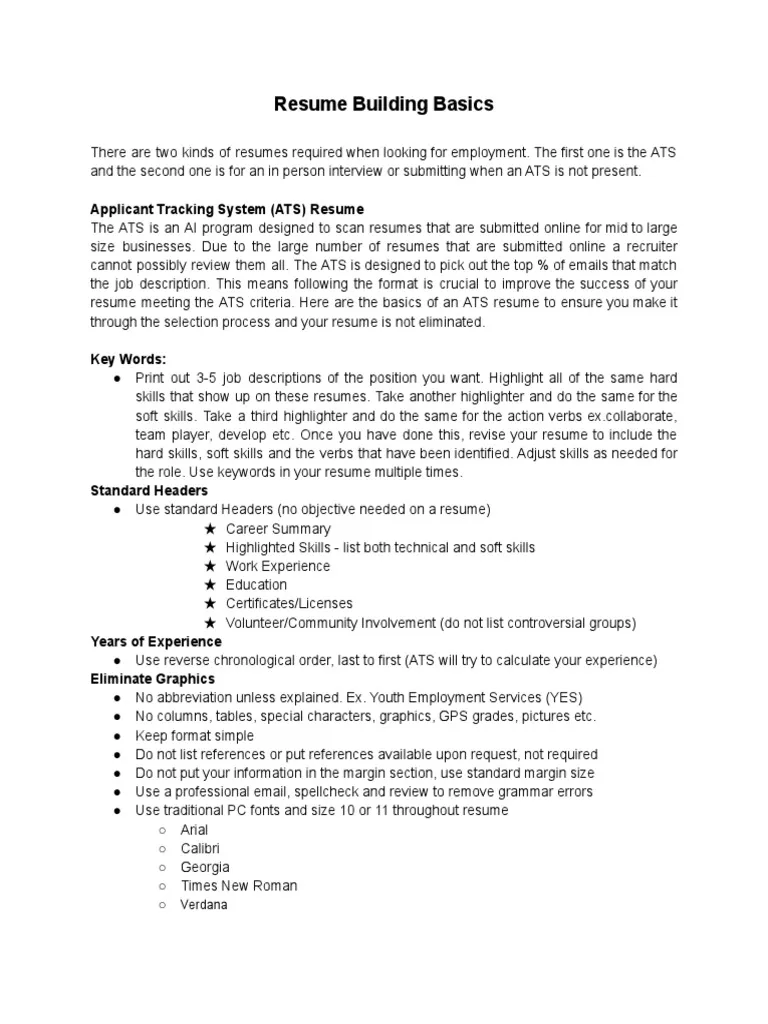
Use 1-inch margins on all sides of the page. Double-space between paragraphs for better readability. Use single spacing within paragraphs. Maintain a clean and uncluttered layout. This ensures your letter is visually appealing and easy to skim.
Proofreading and Editing
Always proofread your cover letter carefully for any grammatical errors, typos, and inconsistencies. Read it aloud to catch any awkward phrasing. Have a friend or family member review it as well. A polished, error-free cover letter demonstrates your attention to detail and professionalism. A single typo can make a negative impression, so take the time to make sure it’s perfect.
Common Mistakes to Avoid
Avoiding common mistakes is crucial to ensuring your cover letter makes a positive impression. Being aware of these pitfalls helps you create a more effective document.
Generic Cover Letters
Avoid sending generic cover letters. Always tailor your letter to the specific job and company. Generic letters don’t show genuine interest and they are easy to spot. Show the hiring manager that you’ve done your research and understand the role’s requirements and that you want the job.
Typos and Grammatical Errors
Typos and grammatical errors are a major turn-off. They indicate carelessness and lack of attention to detail. Proofread your cover letter meticulously and ask someone else to review it. Correcting errors demonstrates professionalism.
Focusing Too Much on Yourself
While your cover letter is about you, focus on what you can offer the company, not just listing your accomplishments. Explain how your skills and experience align with the company’s needs and how you can contribute to their success. Always look at it from the employer’s perspective.
Examples of Effective Cover Letter Sections
Reviewing examples of successful cover letter sections can provide inspiration and guidance. Here are some examples to help you craft compelling content.
Opening Paragraph Examples
Example 1: ‘I am writing to express my keen interest in the Marketing Manager position at [Company Name], as advertised on [Platform]. With over five years of experience in digital marketing and a proven track record of driving brand growth, I am confident I can contribute significantly to your team’s success.’ Example 2: ‘Having followed [Company Name]’s innovative work in sustainable energy for years, I am thrilled to apply for the Environmental Engineer role. My background in renewable energy projects and commitment to environmental sustainability align perfectly with your company’s mission.’
Skills and Experience Paragraph Examples
Example 1: ‘In my previous role at [Previous Company], I led a team of five to develop and implement a new marketing campaign that resulted in a 20% increase in website traffic and a 15% boost in lead generation. I am proficient in using SEO tools, content management systems, and social media platforms.’ Example 2: ‘During my internship at [Previous Company], I managed a project to optimize the company’s energy usage, reducing energy consumption by 10% and saving the company over $5,000 annually. I possess strong analytical and problem-solving skills, as well as expertise in data analysis.’
Closing Paragraph Examples
Example 1: ‘I am excited about the opportunity to join [Company Name] and contribute to your team’s success. I am eager to learn more about this position and discuss how my skills and experience align with your goals. Thank you for your time and consideration. I look forward to hearing from you soon.’ Example 2: ‘I am confident that my skills and experience make me an excellent fit for the [Position Name] position. I am available for an interview at your earliest convenience. Thank you for your time and consideration.’ (cover-letter-image1.webp)
Final Thoughts
A well-crafted cover letter is a crucial tool in your job search. By understanding its purpose, including essential elements, avoiding common mistakes, and formatting the letter correctly, you significantly increase your chances of making a positive impression. Remember to tailor each cover letter to the specific job and company. This requires effort, but it’s an investment that pays off. By focusing on these secrets, you can create a cover letter that sets you apart and helps you land your dream job. Now, go out there and impress!
